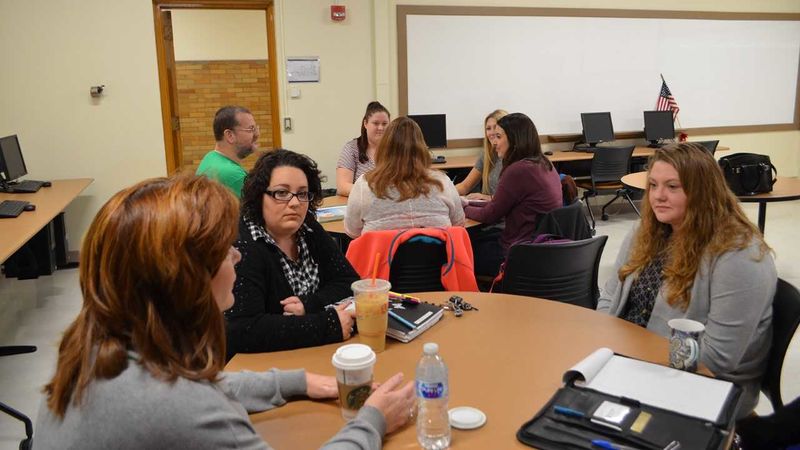Shenango faculty introduce interprofessional collaboration to their classrooms
Technology and video instruction help nursing and HDFS students to work together while examining their disciplines' specific code of ethics.
By: Liz Izenas and Angela Pettitt


